In 1986, more than 300 brands of wine, including some from Piedmont, were found to have dangerous levels of methanol. Methanol is a substance that occurs naturally in winemaking, but some dishonest winemakers added it to increase the alcohol content of cheaper wines. This led to 24 deaths and severely damaged the reputation of Italian wine. As a result, some winemakers either abandoned their vineyards or switched to growing different crops.
Several hectares of the Carroccera land have been left undisturbed since then, and recently these areas have begun to regenerate through natural processes. Within this landscape lies a latent potential to renew the relationship between humans and their environment by reintroducing a healthy symbiotic ecosystem.
The Missing Room is a unique space that has no walls or ceiling, allowing nature to be the main focus while welcoming visitors as respectful guests. The design features abstract forms powered by water and fire, reimagining basic human activities like resting, eating, cleaning, and talking.
Visitors can cook over an open fire, bathe in heated water, and provide water for animals, all under the tree canopy and open sky. As guests explore the area, the structure gradually reveals itself, with glimpses of smaller buildings visible through the greenery.
At the heart of The Missing Room is a seven-meter-tall multifunctional chimney. This chimney powers the ovens, heats the bathwater, and provides warmth. It acts as a landmark, guiding visitors with its smoke and standing out against the trees.
Water is an essential part of the design, with a flow system that allows visitors to direct water to different basins. The bathing area can fit three to four people and can be adjusted for one person, also serving as a resting place when closed.
A sail canopy can be set up for shade or protection from rain, creating dappled shadows during the day and glowing with light at night. The modular design and non-invasive screw-pile foundation ensure that no traces are left behind if the structure needs to be removed.
Wastewater from bathing and cooking is filtered and spread into the land, helping to maintain biodiversity and irrigation in the forest. The site, known as Carroccera, has remained undisturbed and is currently regenerating naturally, offering a chance to renew the connection between humans and the environment through a healthy ecosystem.
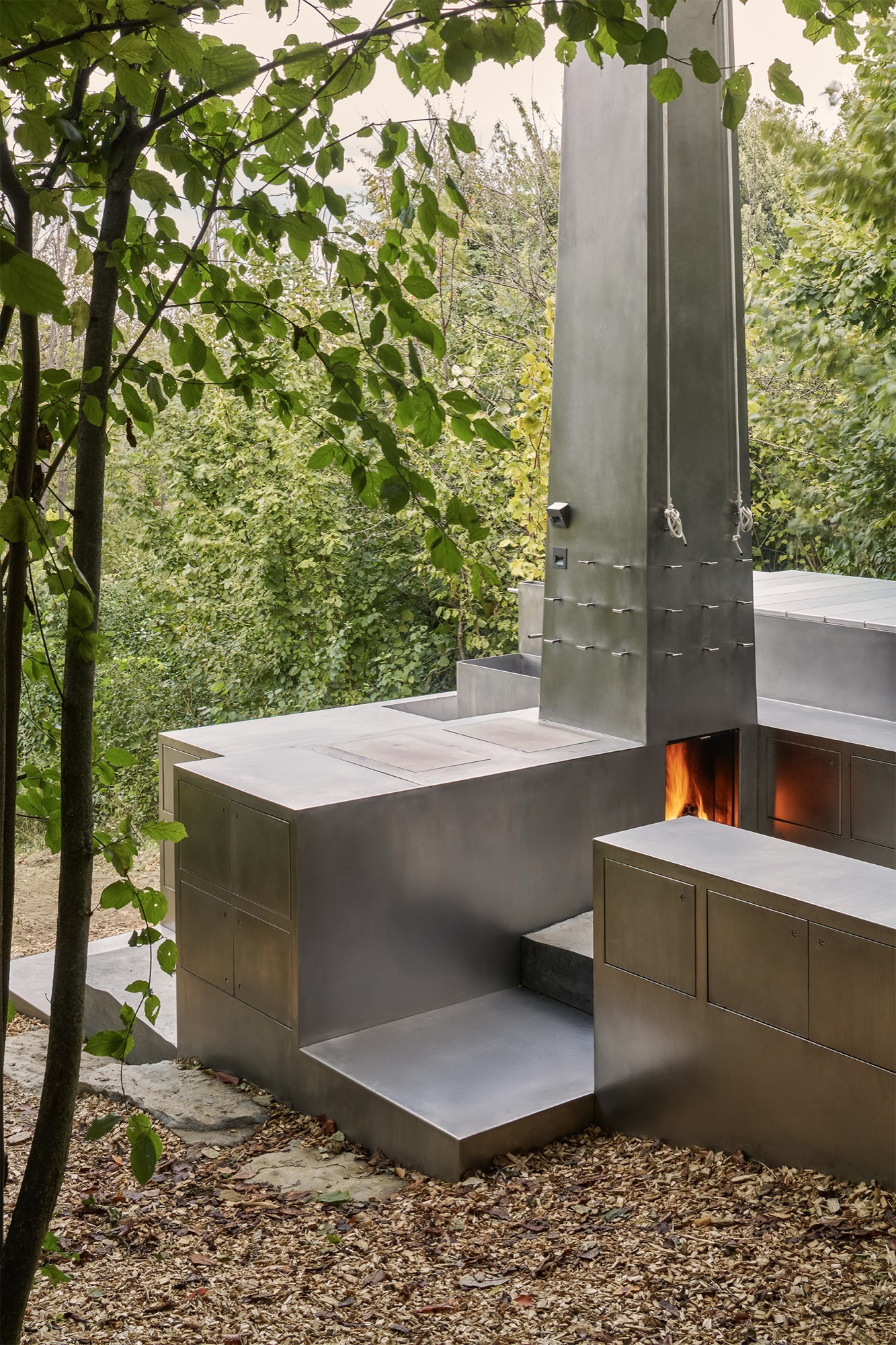
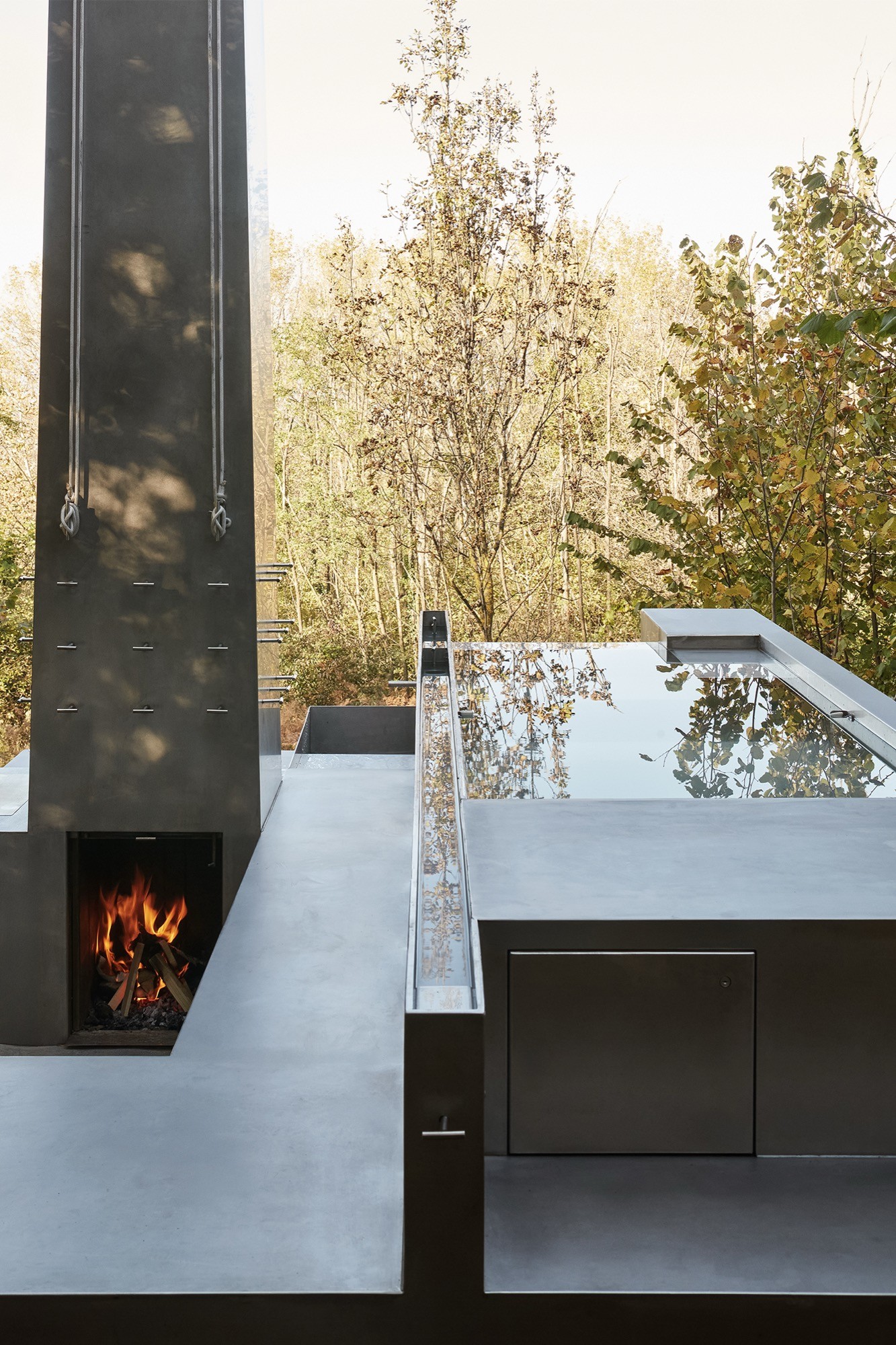
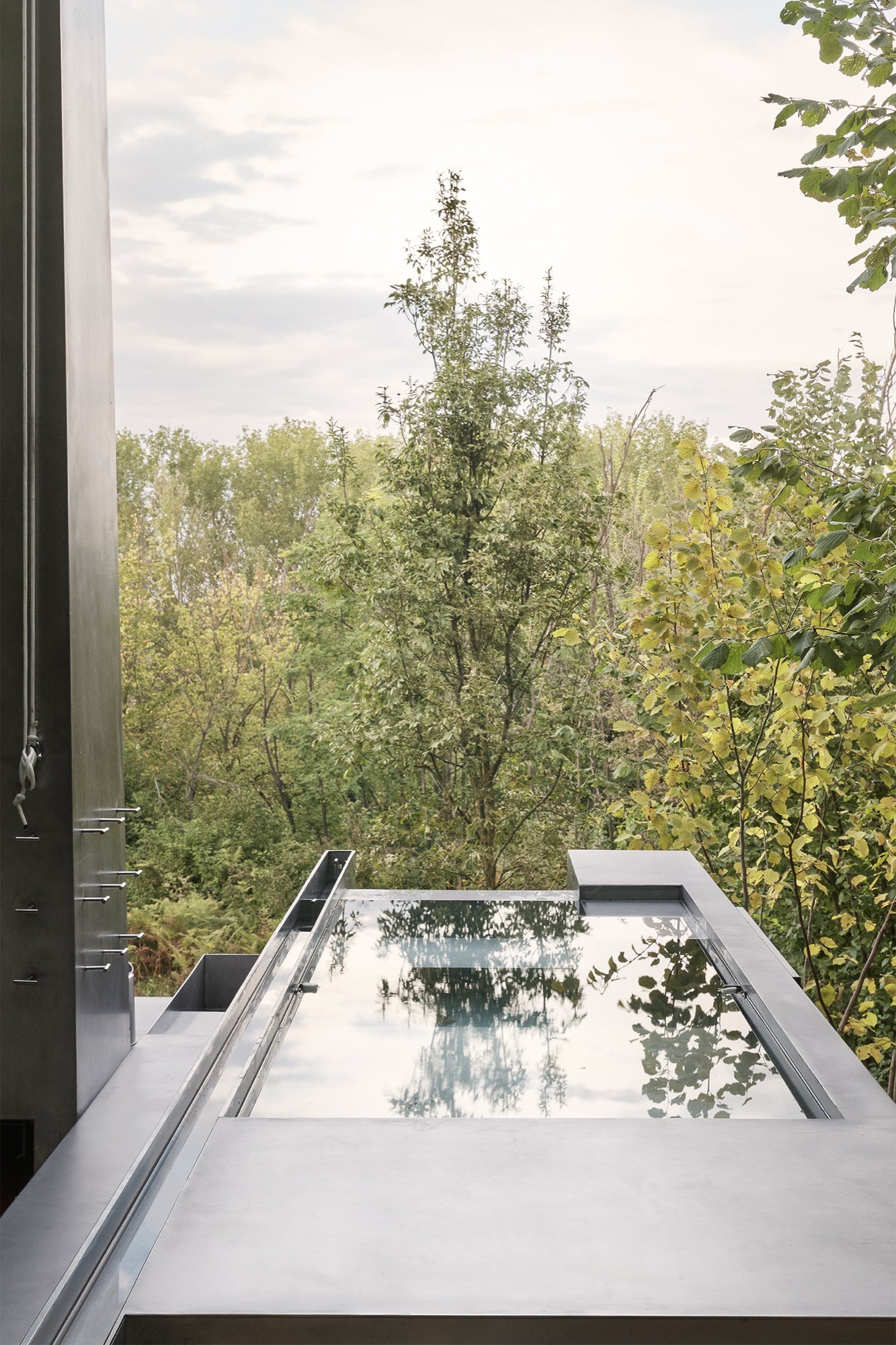
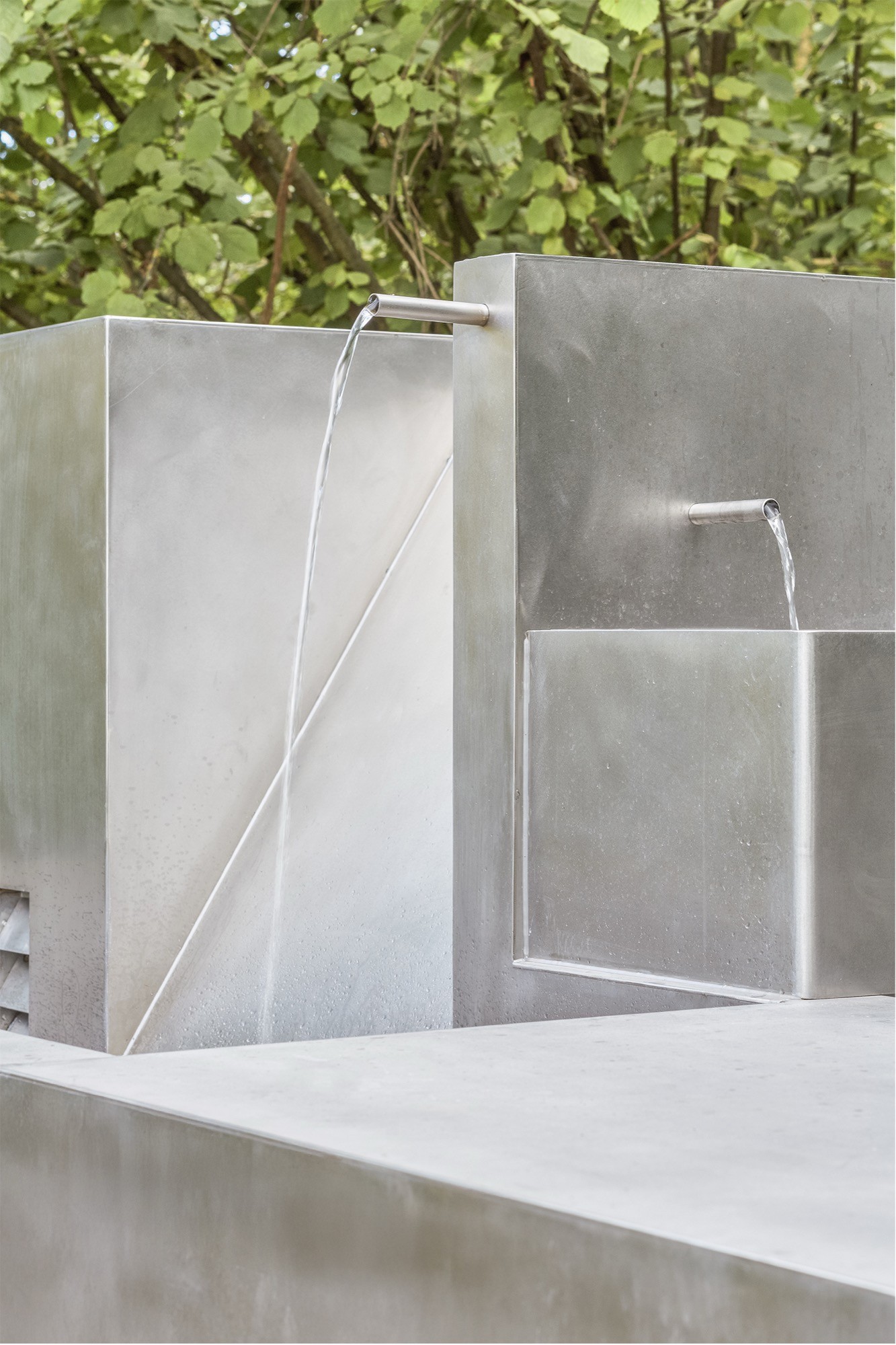
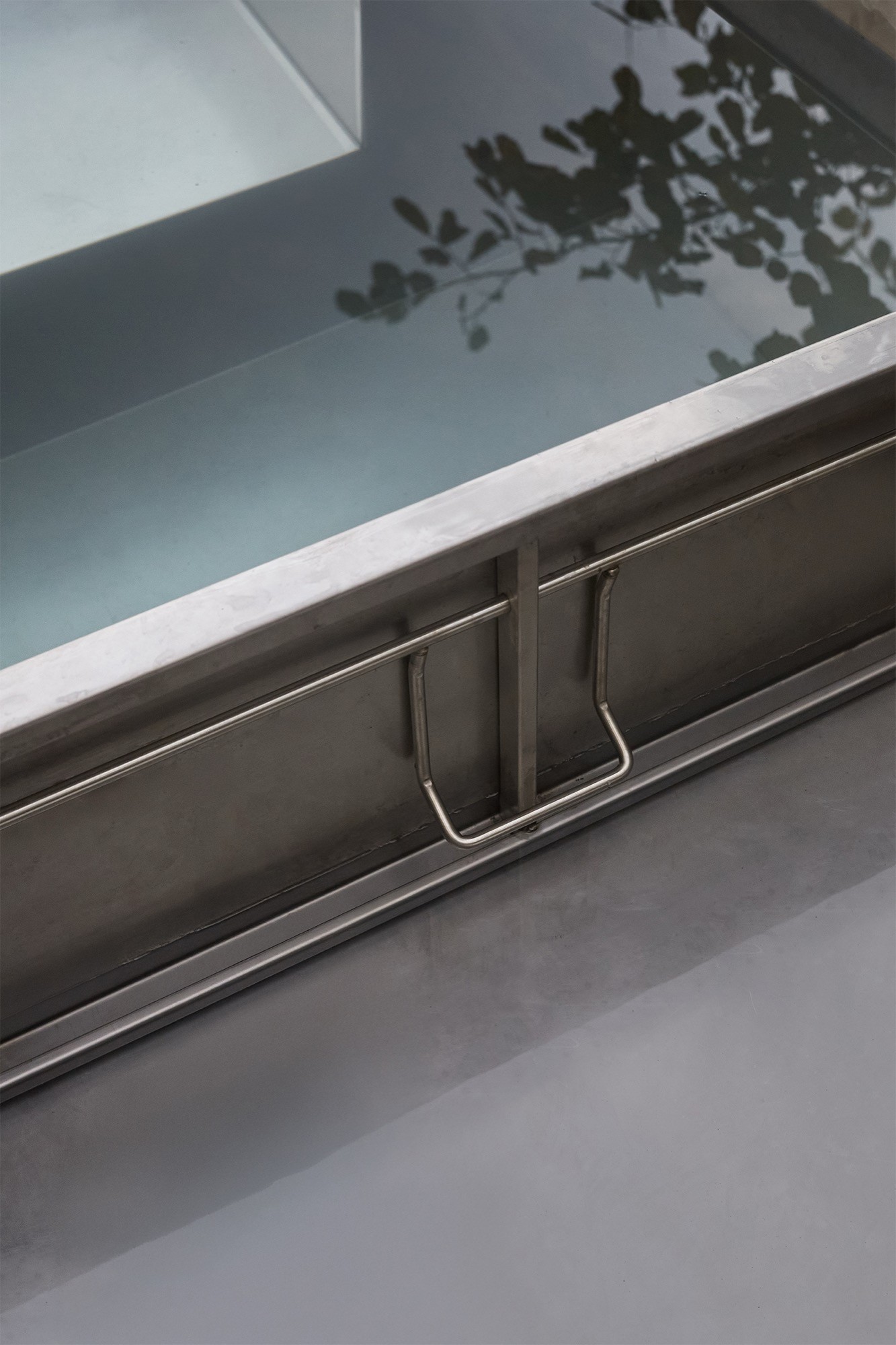
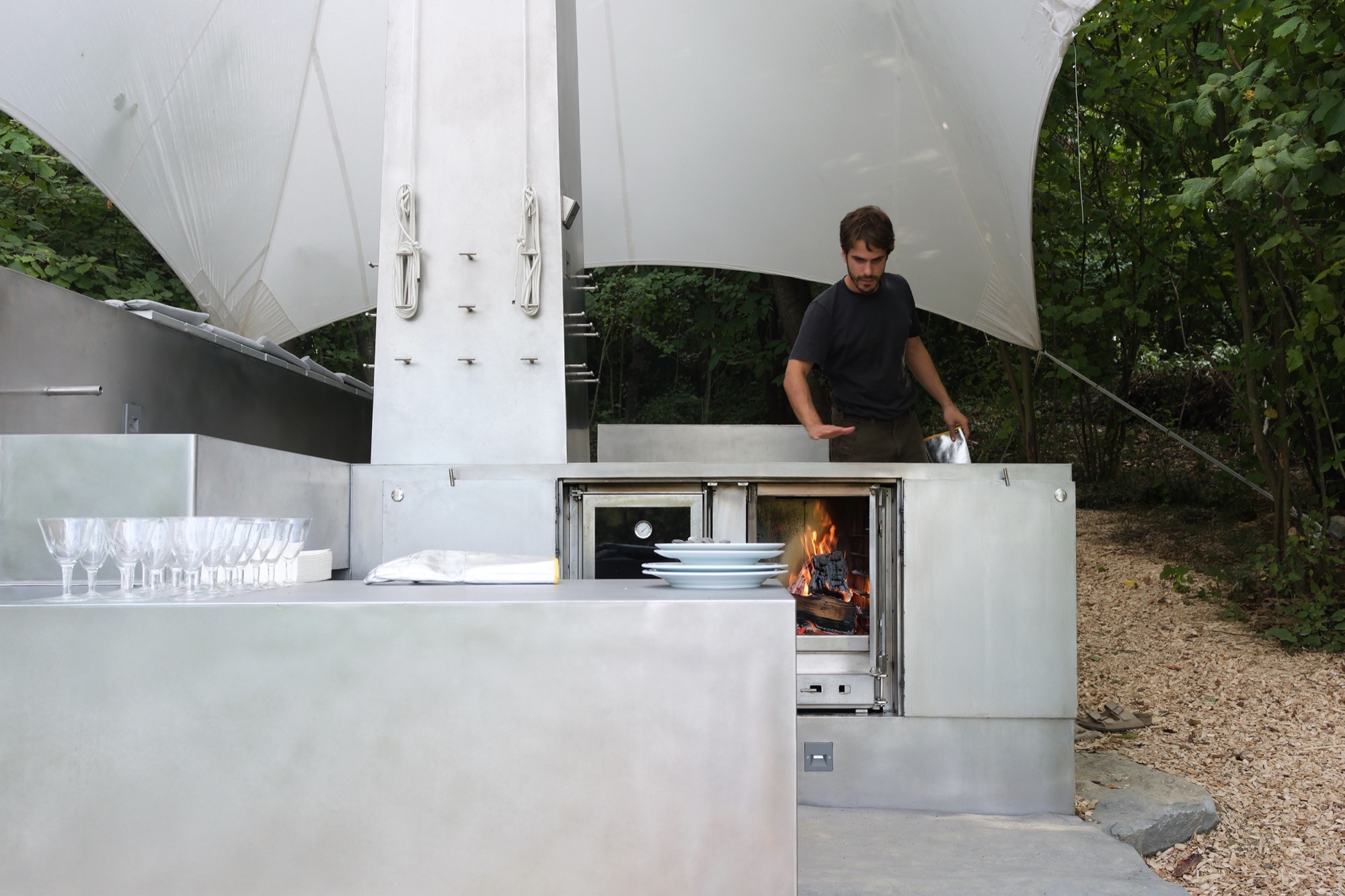
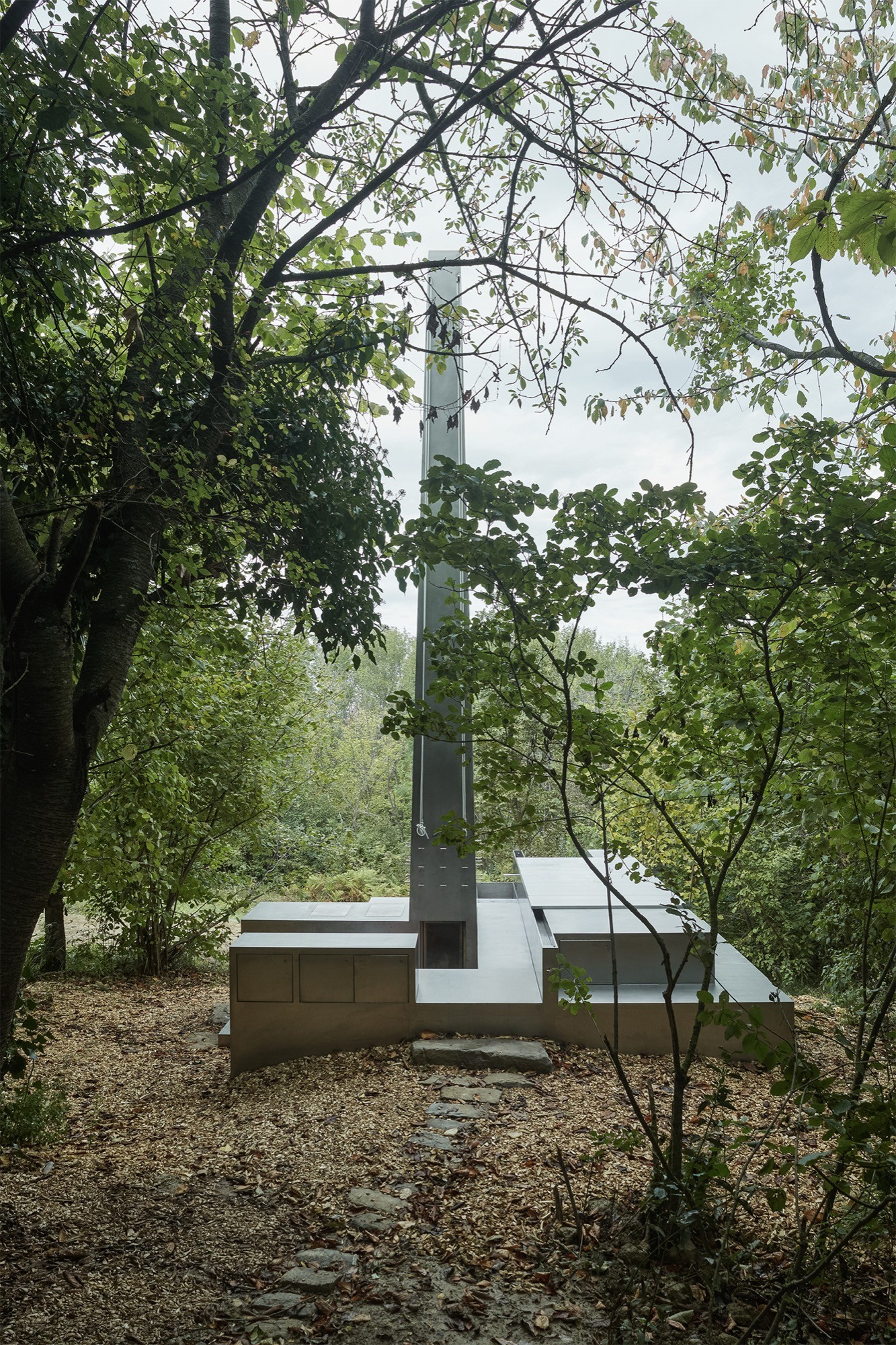
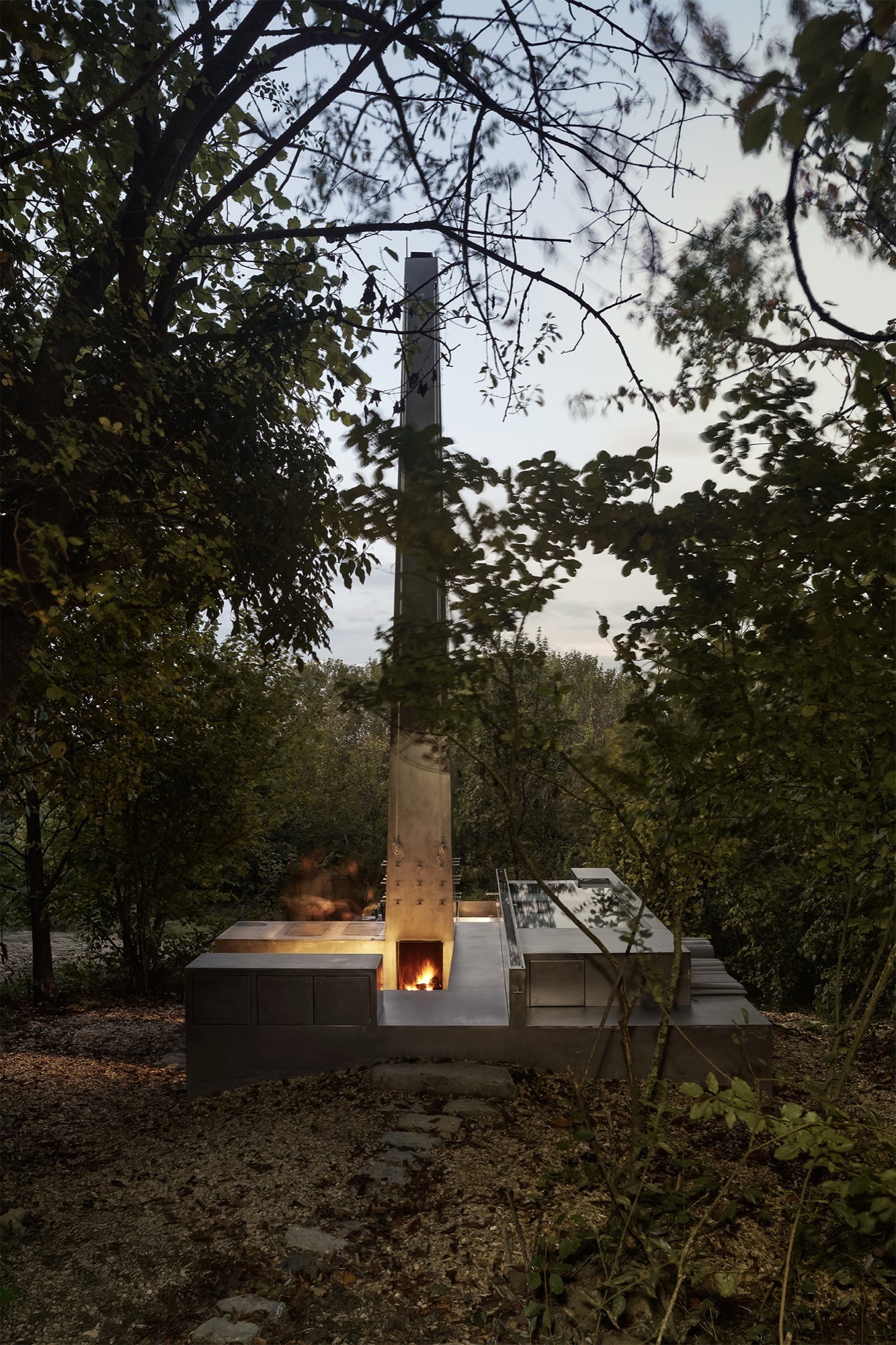
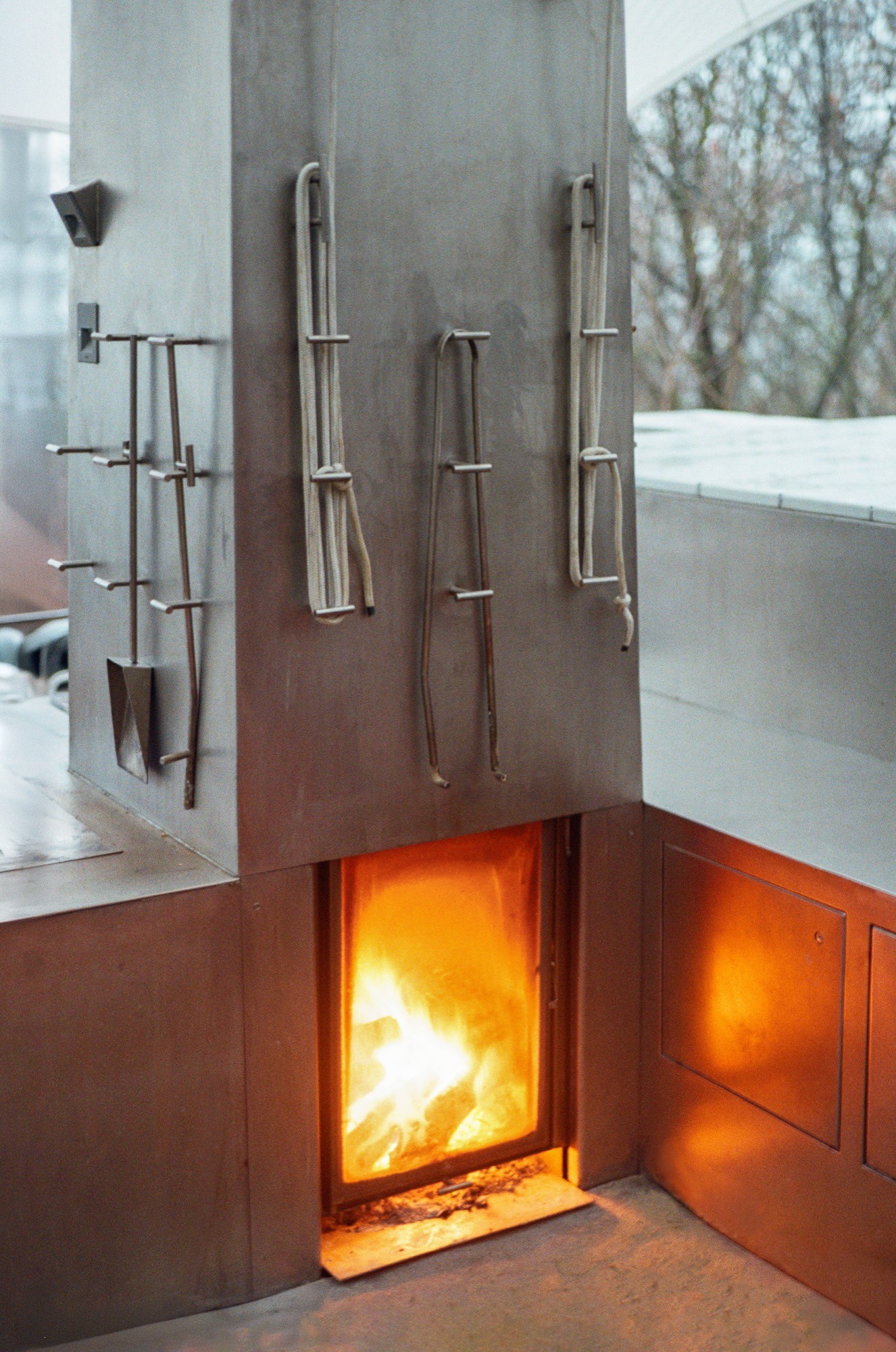
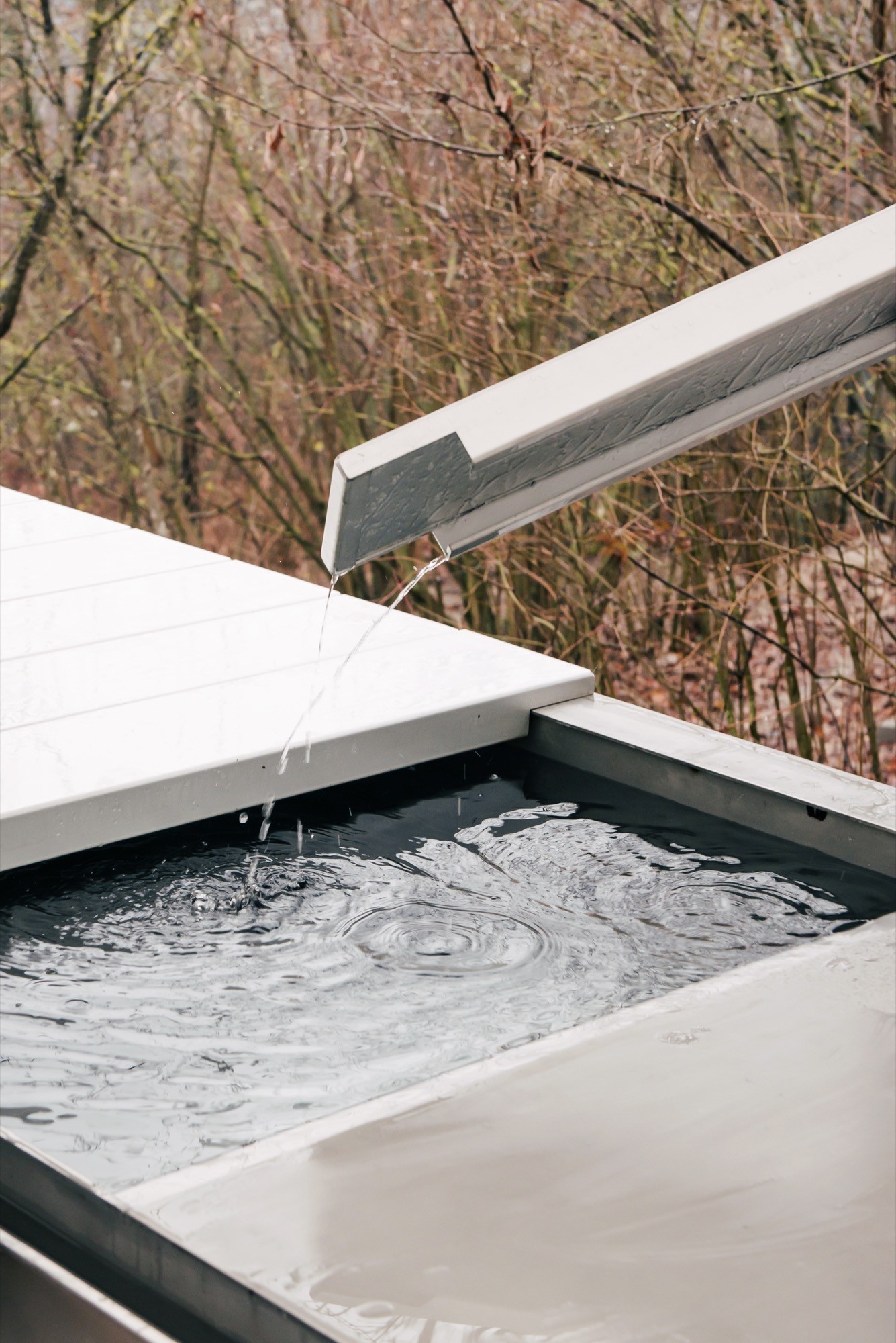


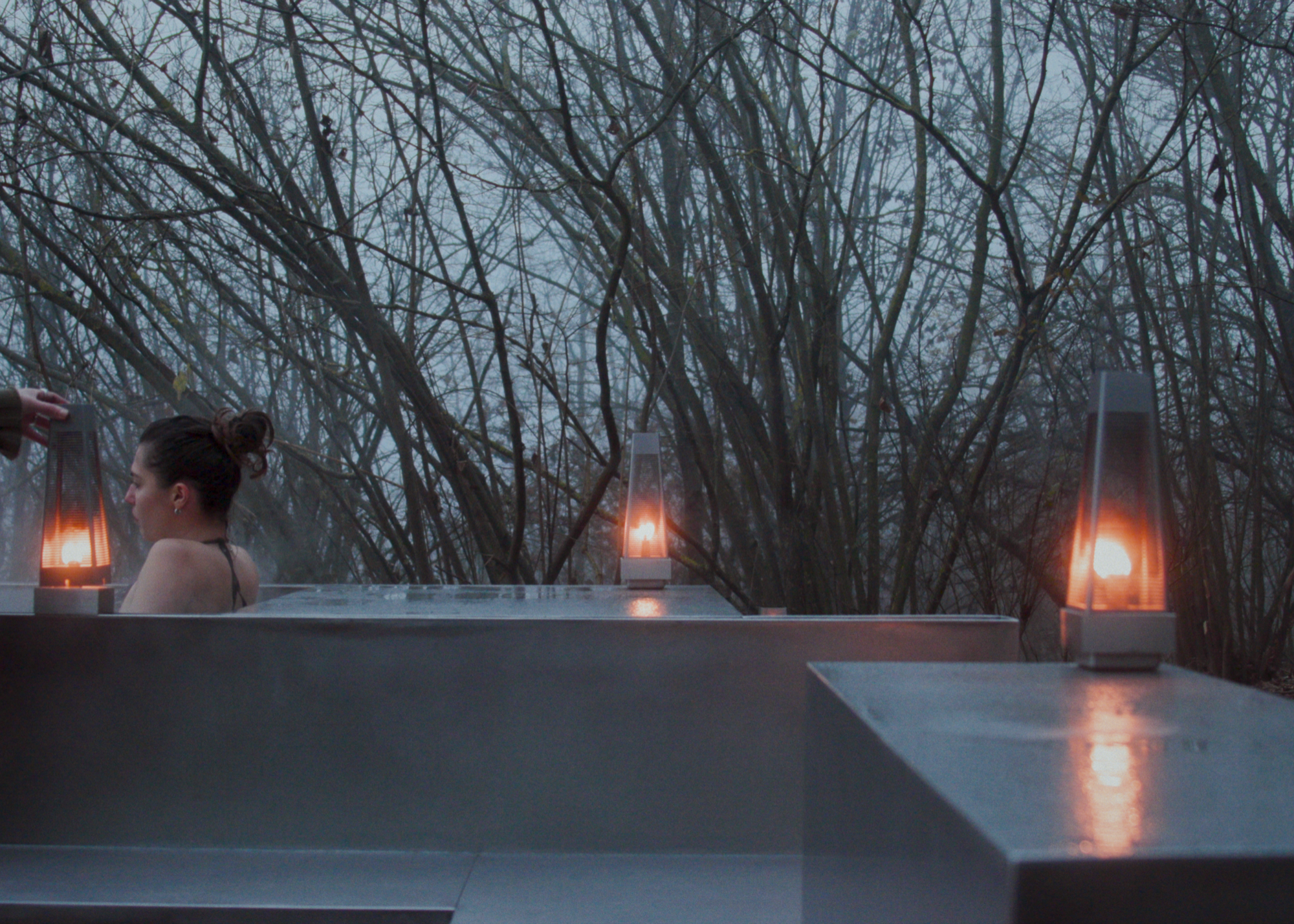

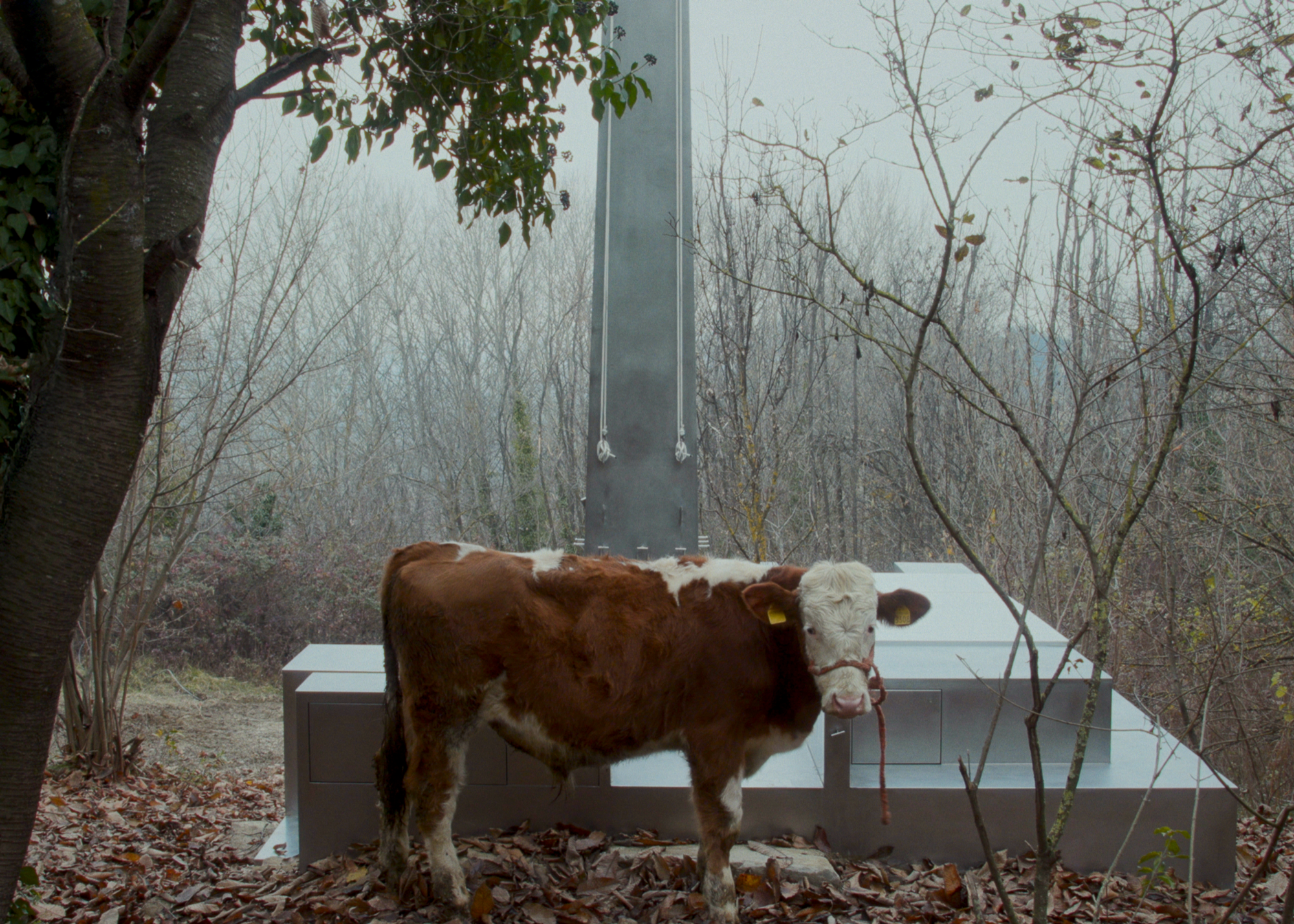
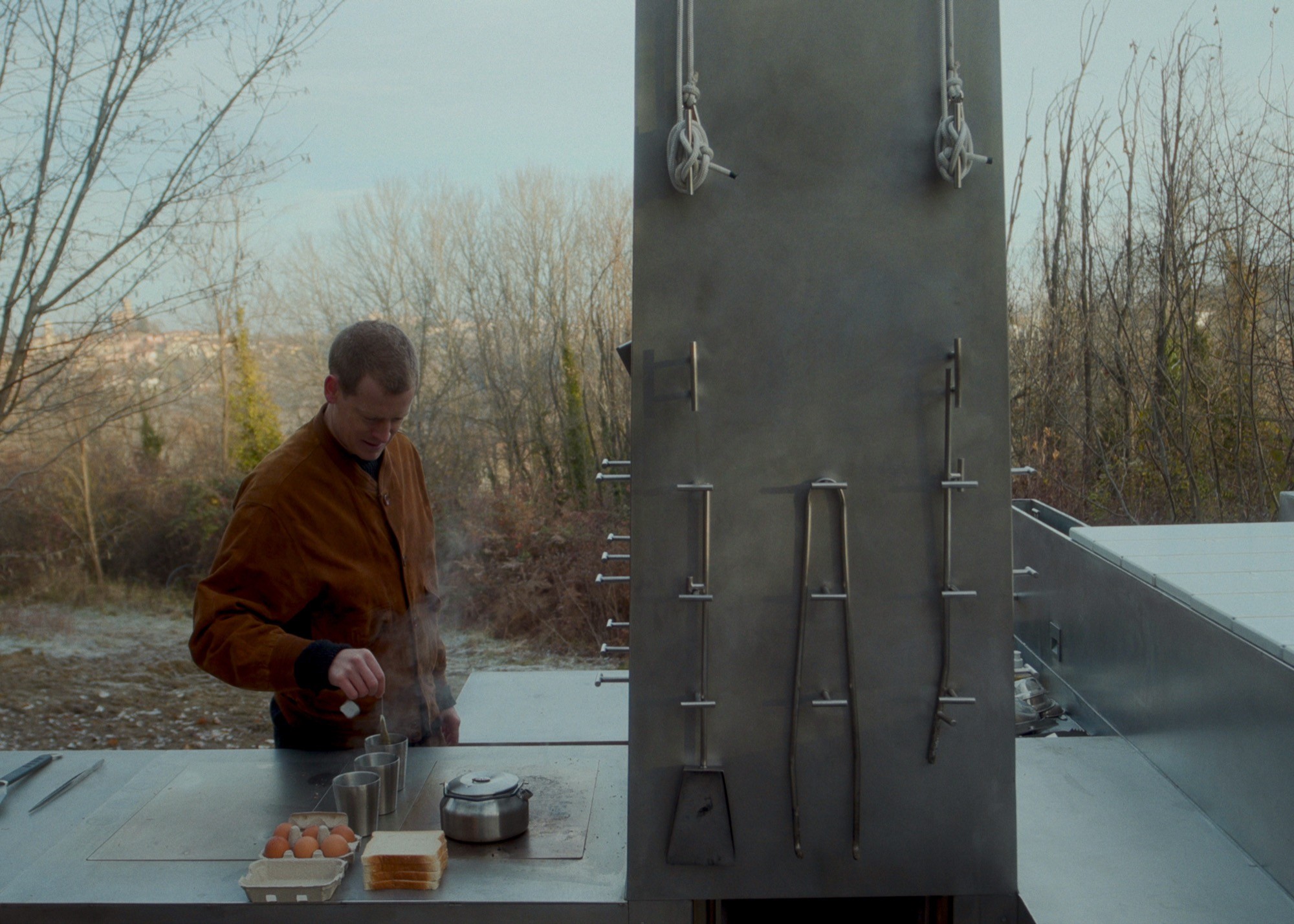
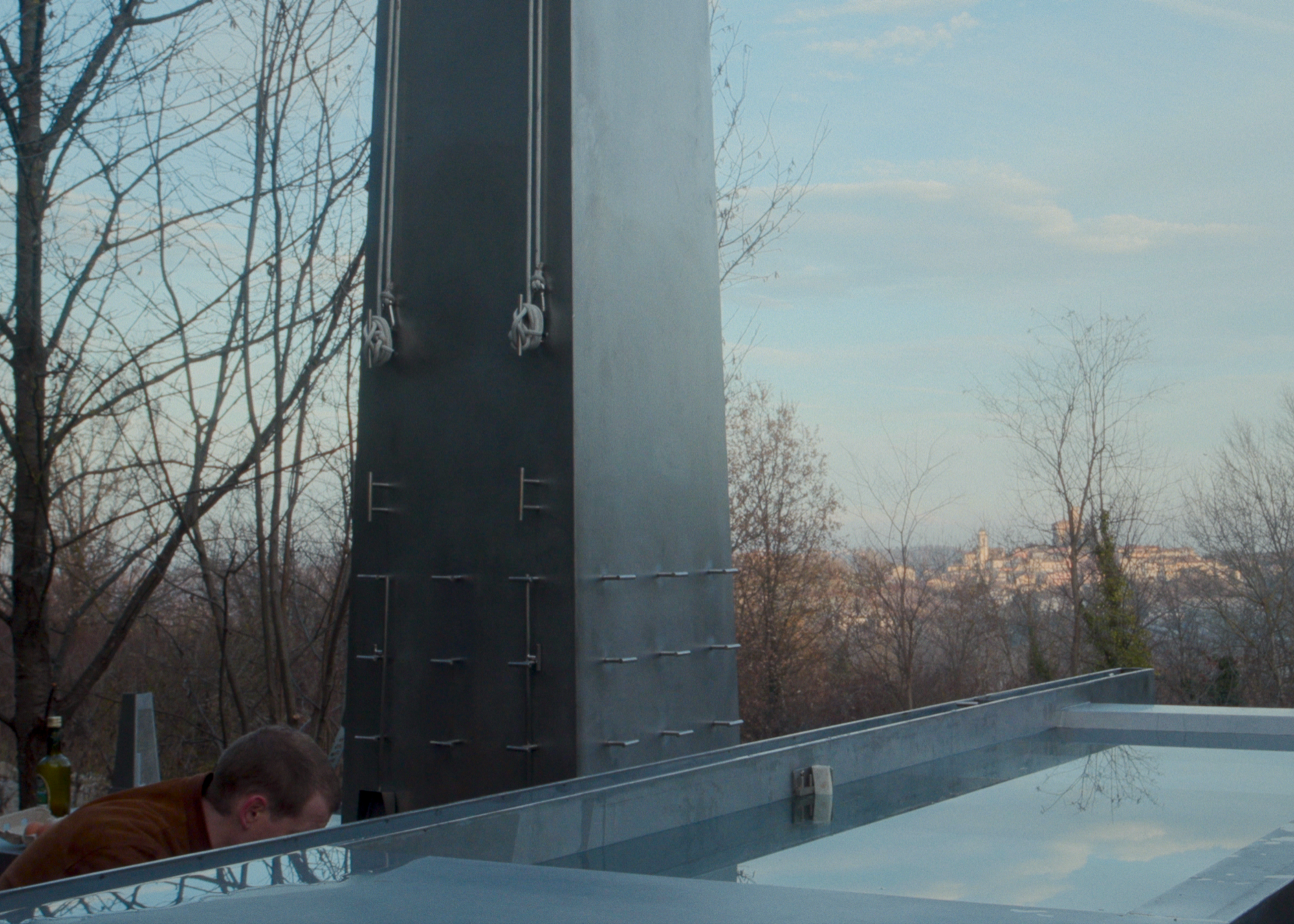
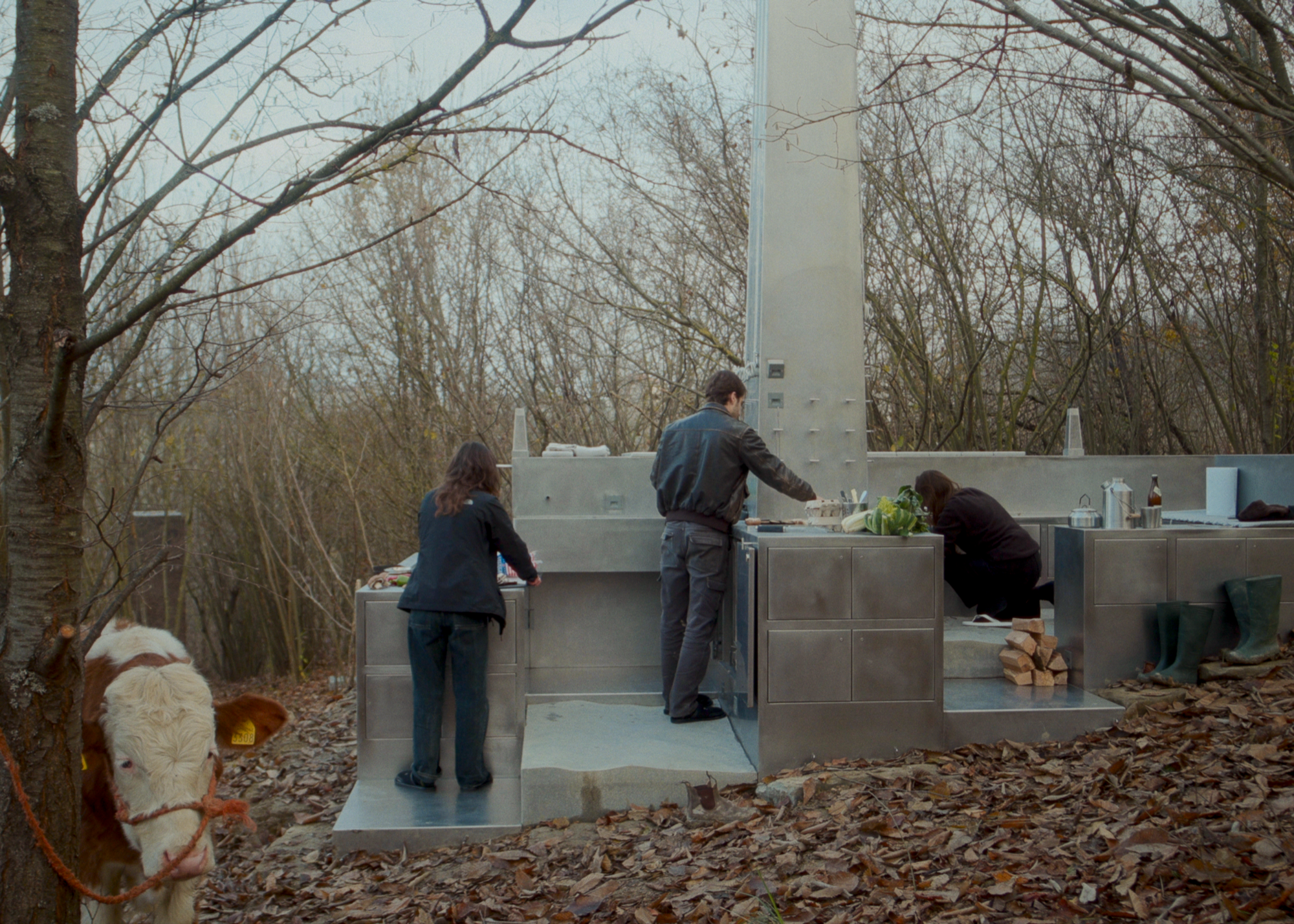
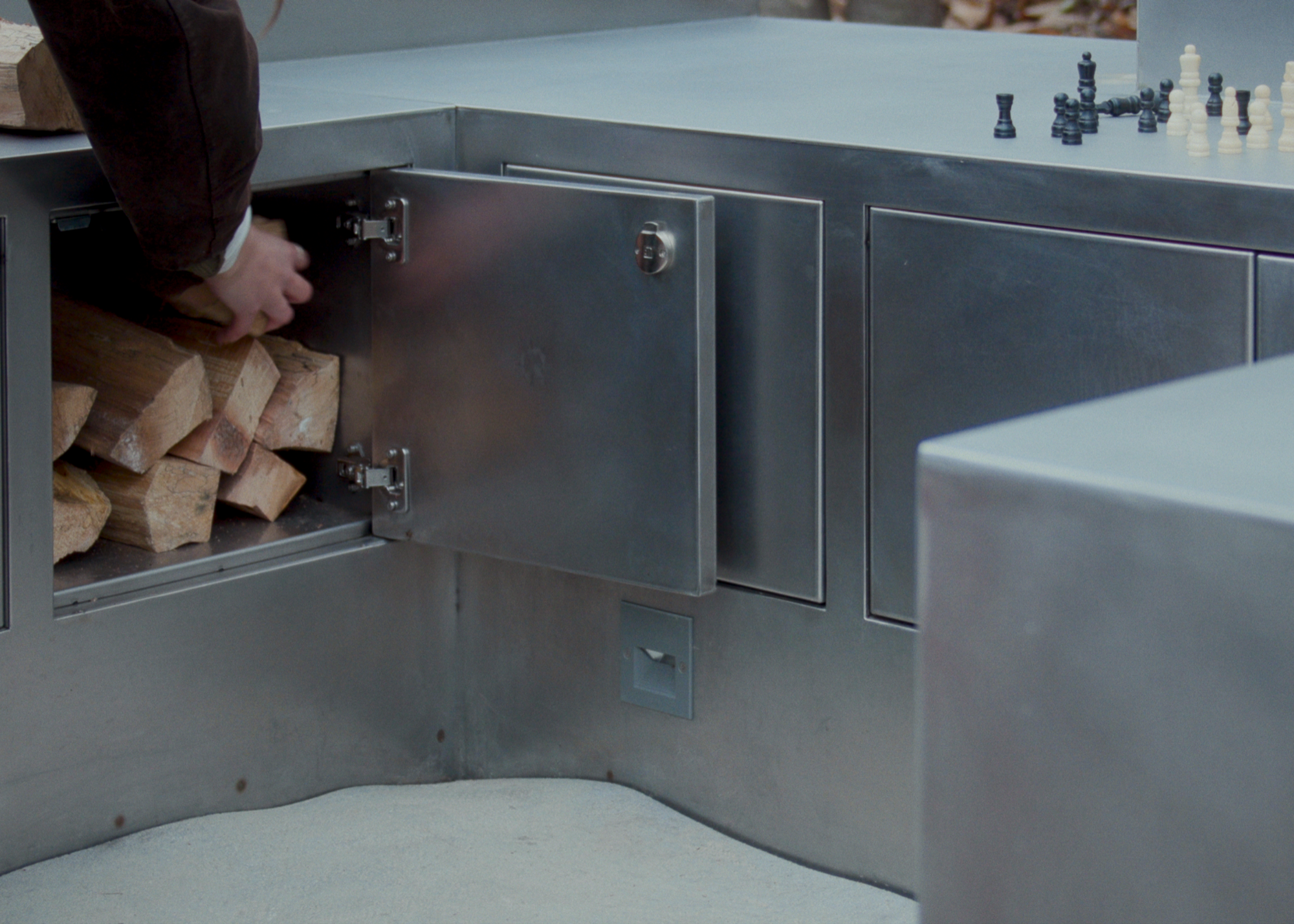
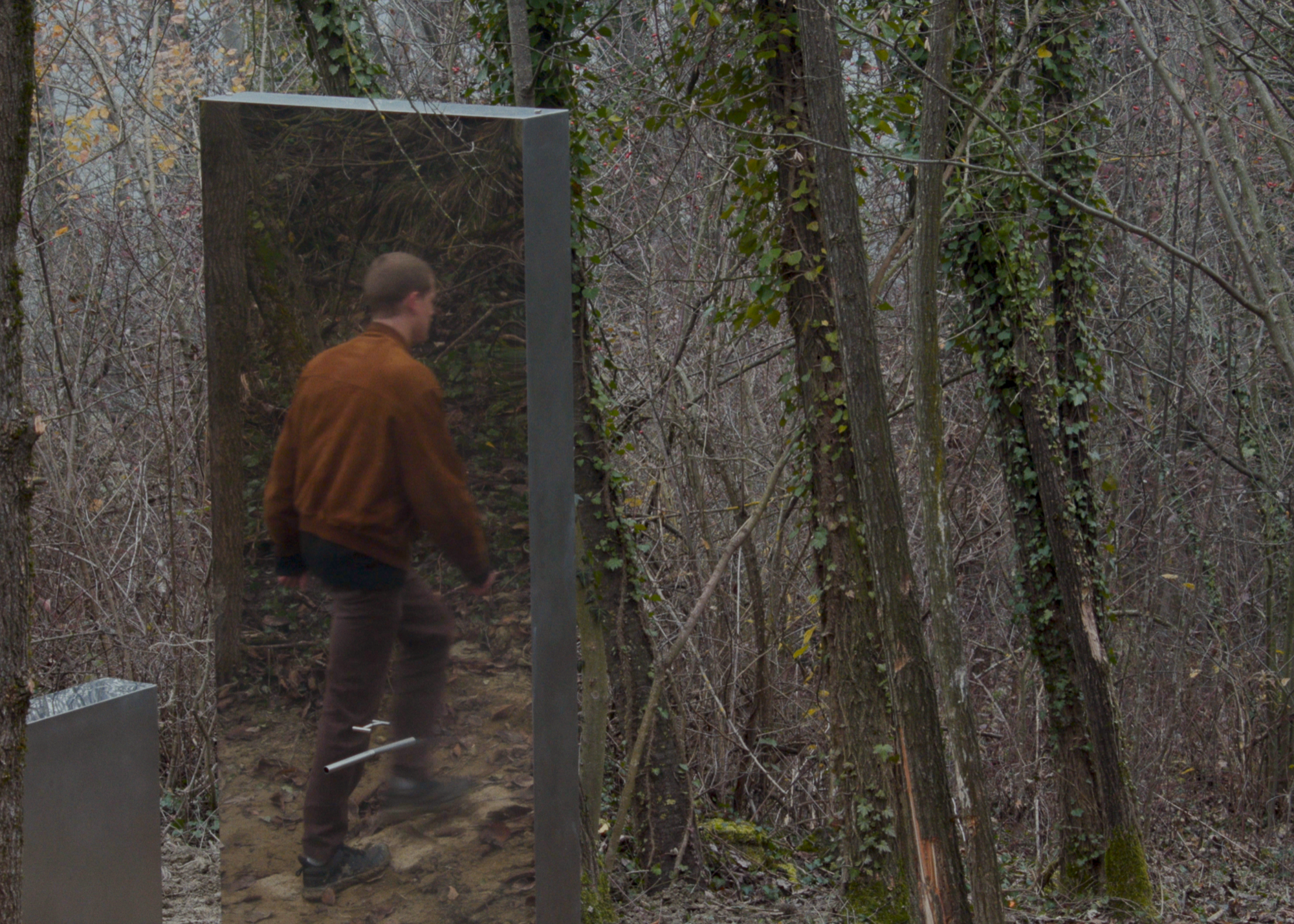
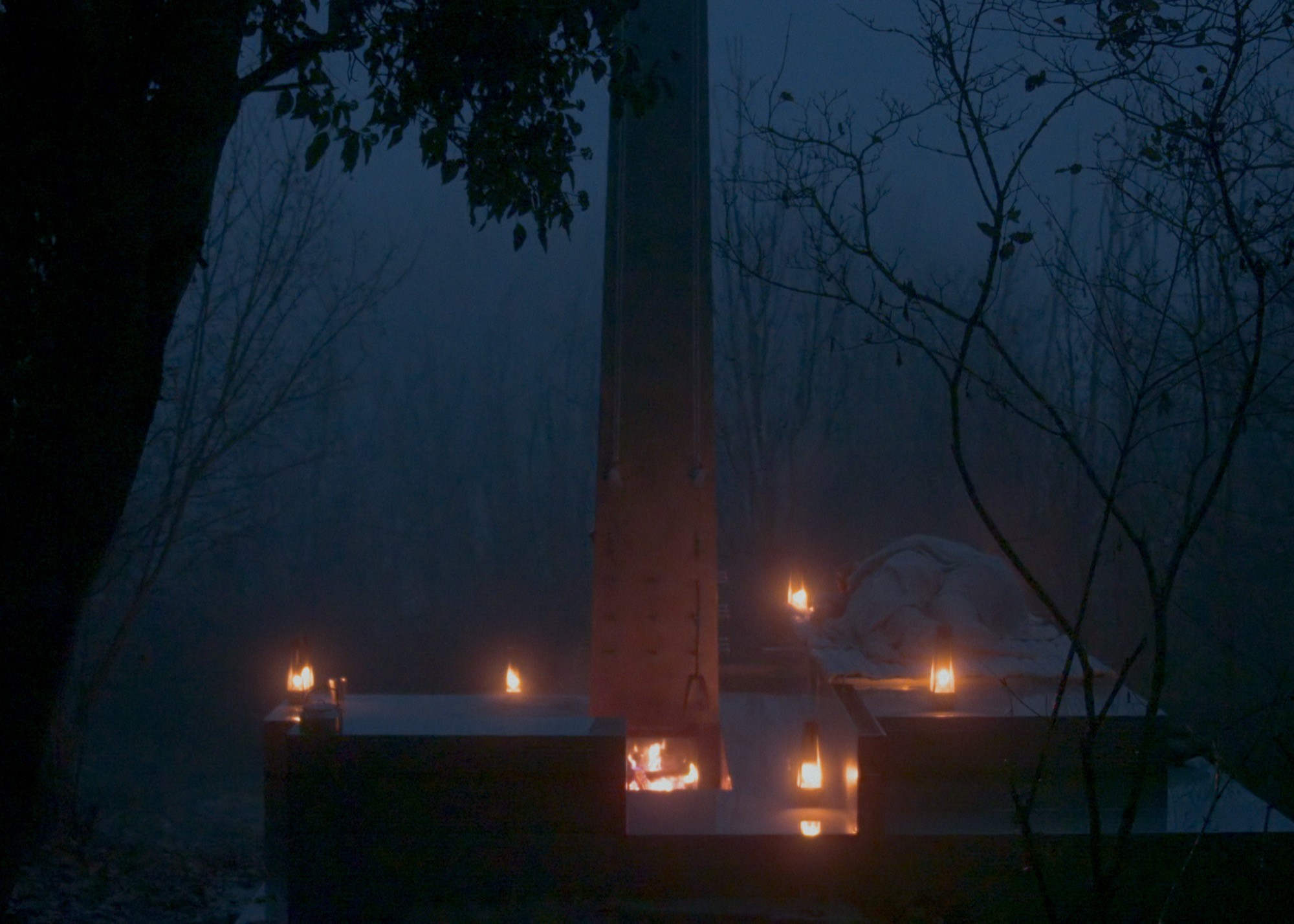
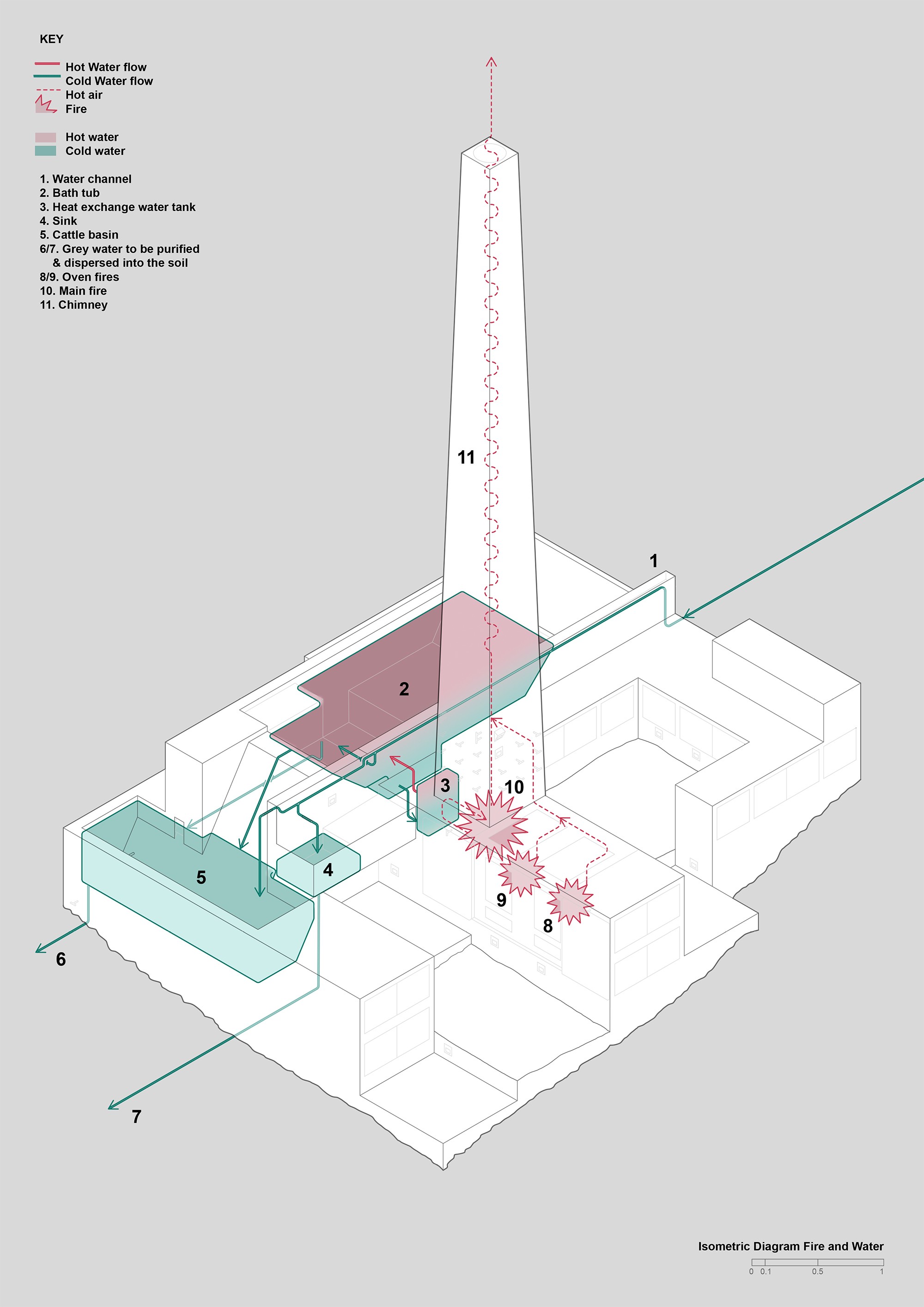
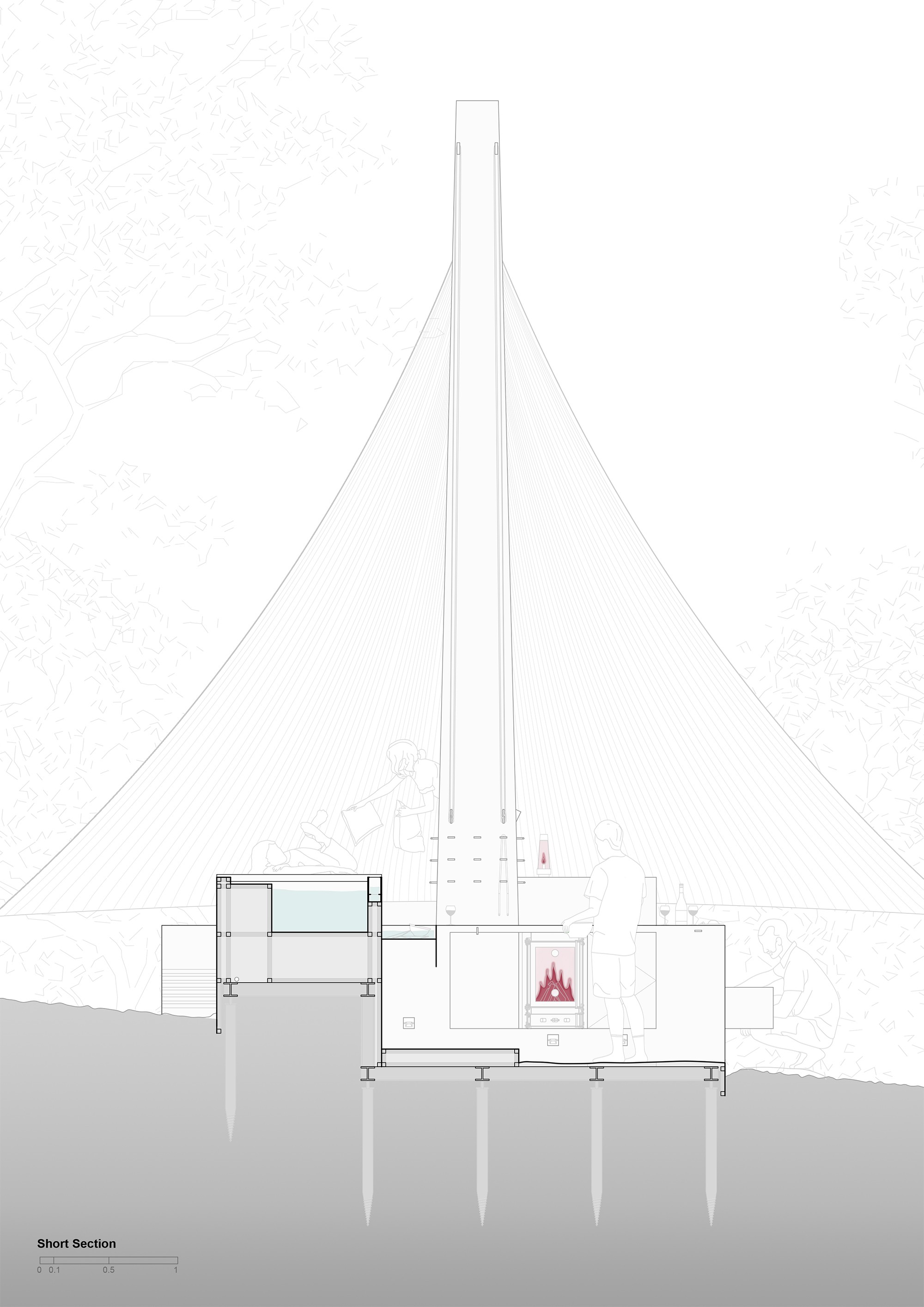
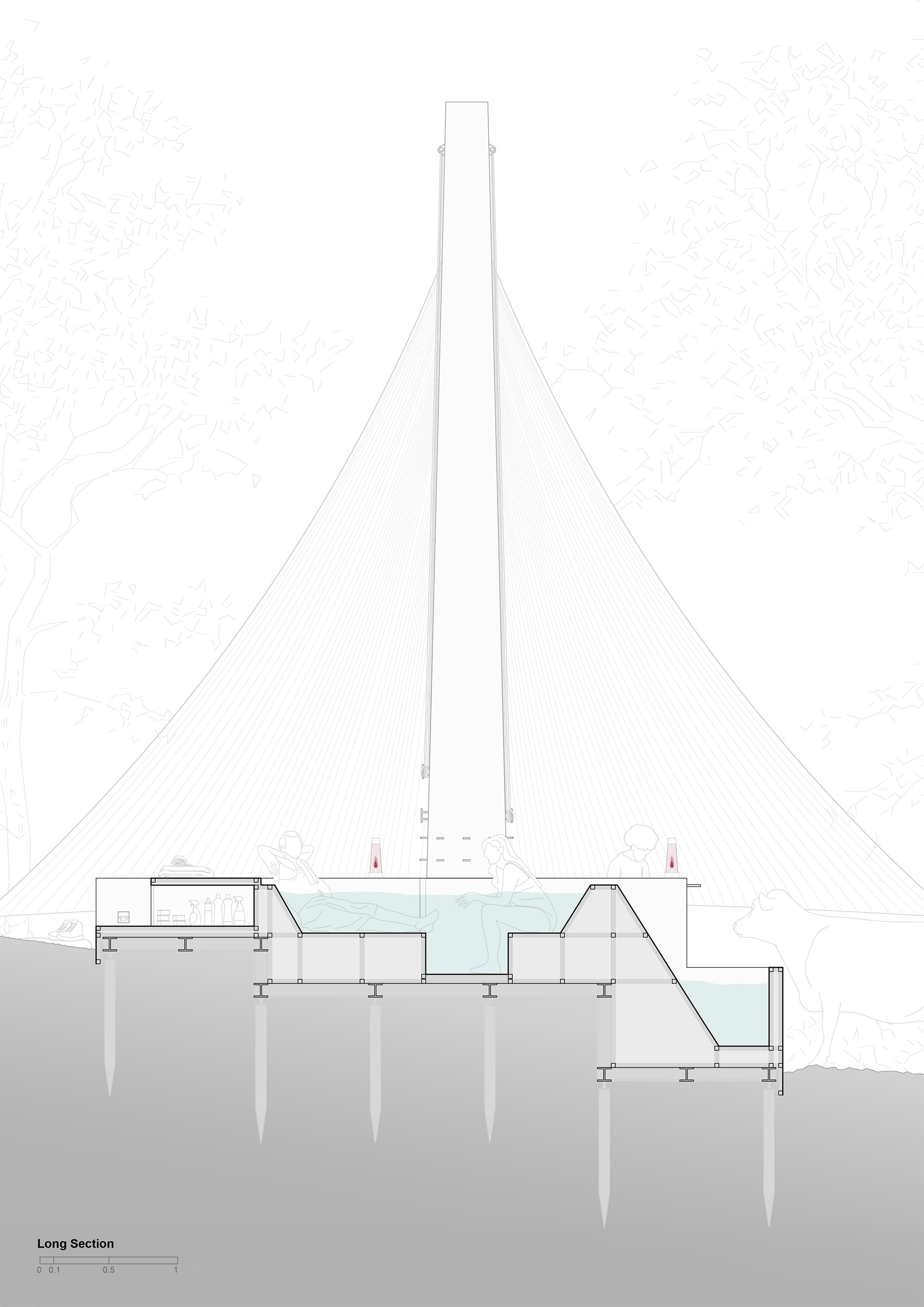
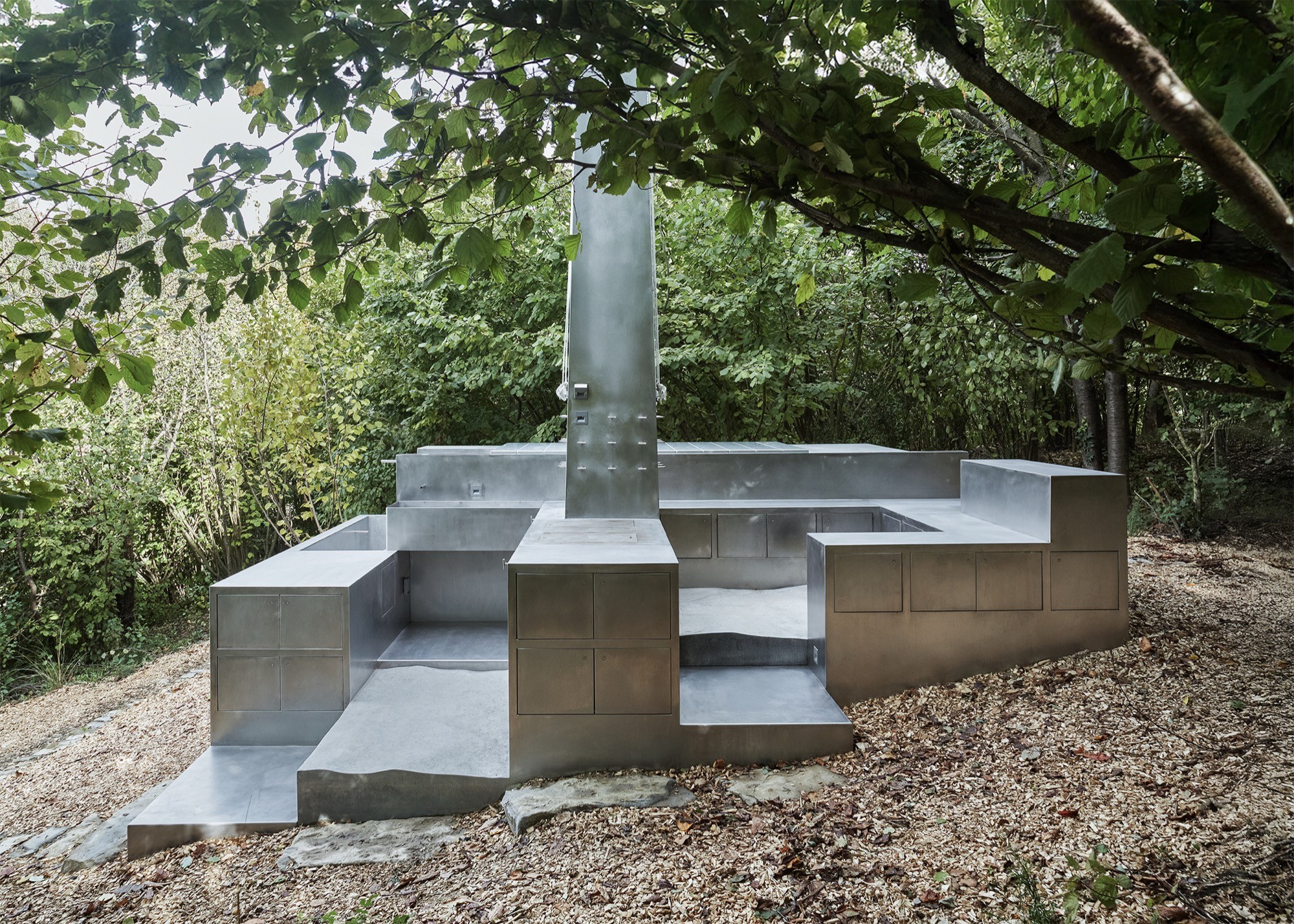
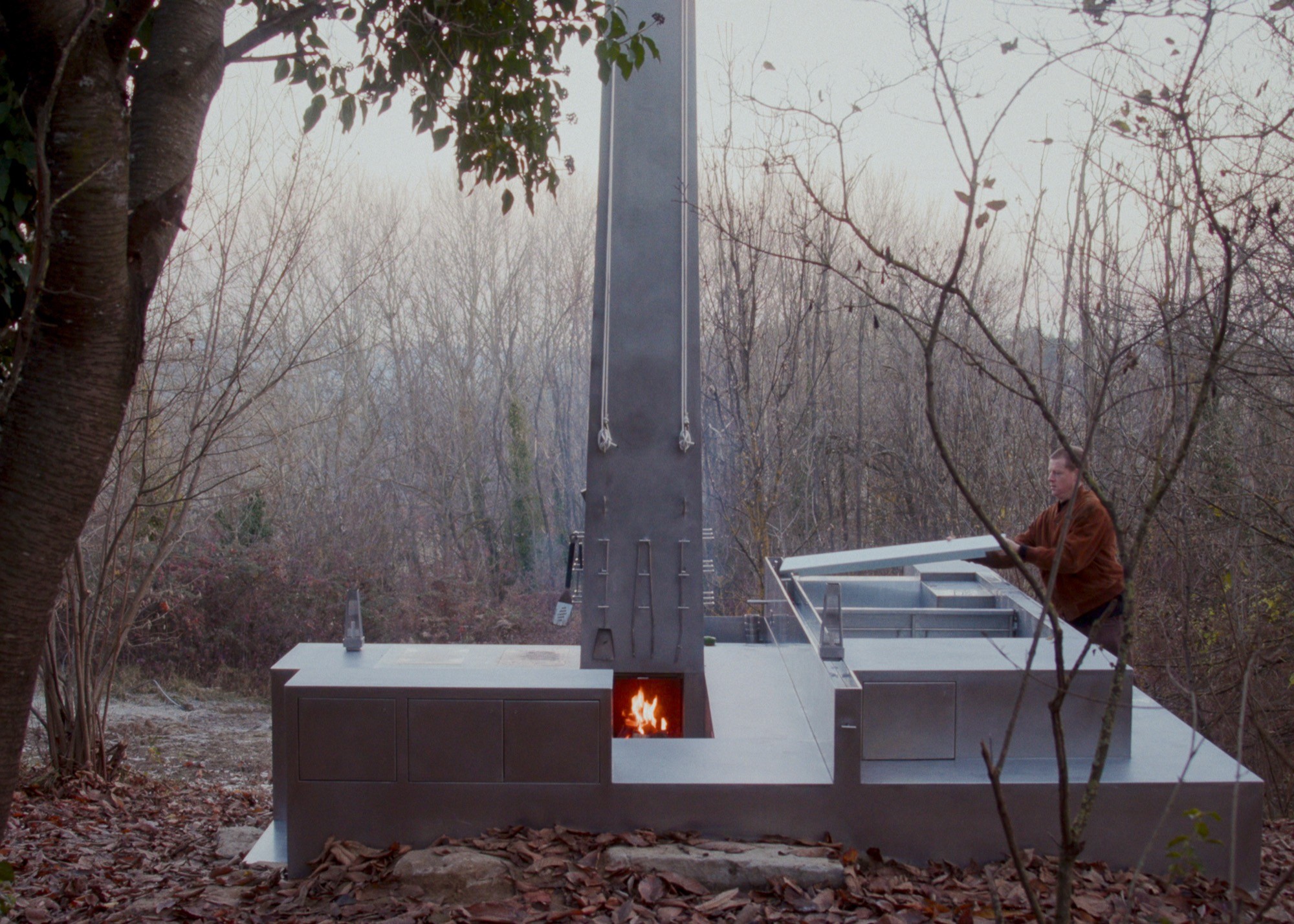
Comments
(0)